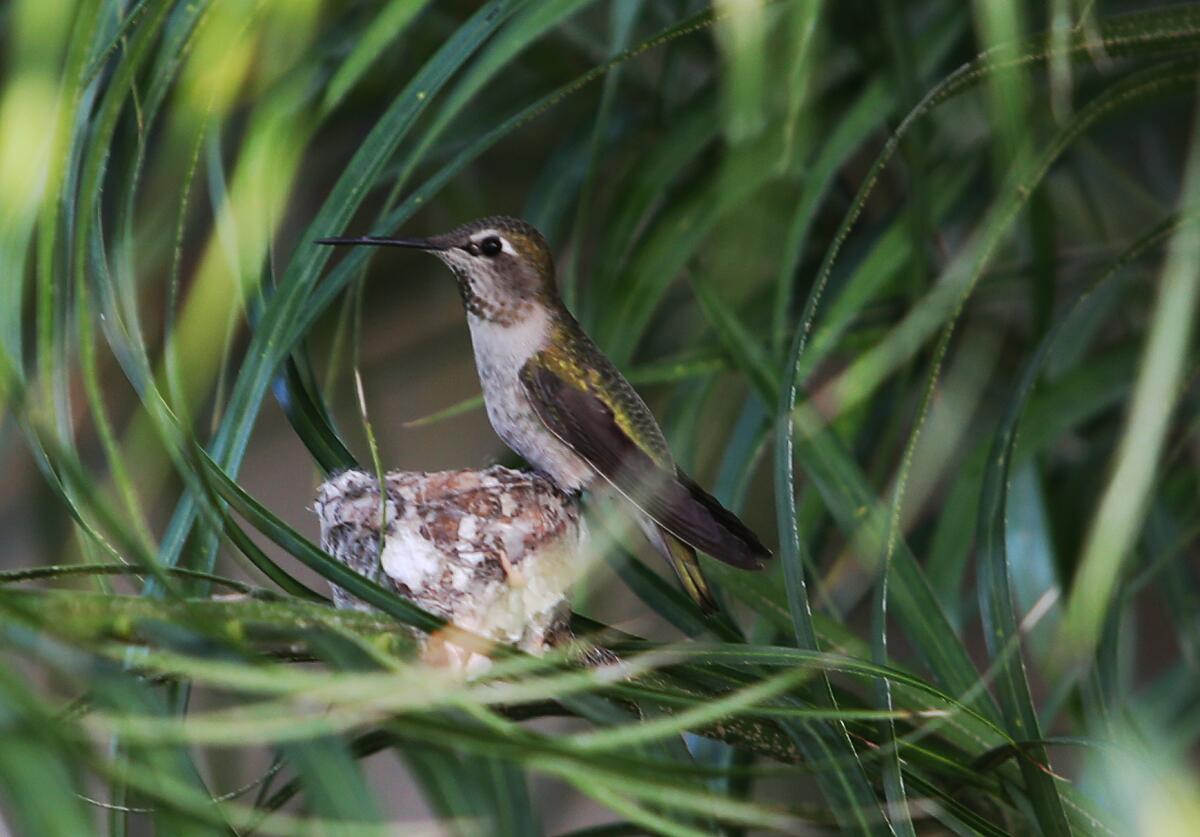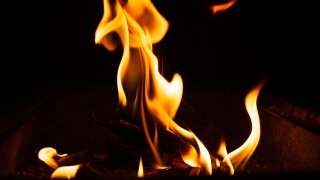Attention prospective pigeon-peepers and warbler observers: Volunteers are being sought by ornithologists at UCLA and the Natural History Museum of Los Angeles County for Project Phoenix, a multi-year citizen science project that examines how birds react to wildfire.
In order to gather data during the official West Coast fire season, which runs from July to November, the team is looking for volunteers in California, Oregon, and Washington.
Volunteers must pick a cozy, well-known location, such as a backyard, a balcony, or a popular neighborhood park, and spend ten minutes there every week recording any bird activity they observe or hear. After that, they post their observations on the eBird website.
According to Olivia Sanderfoot, a UCLA biologist and program director, no prior knowledge or experience with birds is necessary. In fact, novices are especially welcome because they are more likely to spot common species and behaviors that experienced bird watchers might miss.
You are welcome to join Project Phoenix, regardless of whether you have been a lifelong birdwatcher or you have never given birds any attention, Sanderfoot added. Accessibility is a priority for this program.
The project, which started in 2023 with over 300 volunteers monitoring bird behavior over a three-month period, is in its third year in a row.
Understanding the impacts of wildfire smoke on birds—an understudied aspect of the ever growing Western fire season—is the goal of the project. The more information volunteer observers collect, the more ornithologists will be able to understand how fire impacts these animals and how to best assist them.
Participants can dedicate themselves to a few weeks or the entire season. To find trends in animal behavior, researchers will compare volunteer comments with data on fire and smoke dispersal. The team has put together materials to help identify between common local species and may respond to specific inquiries via email for anyone who have trouble telling a barn owl from a bushtit. Before being given to researchers, volunteer notes are also examined by a group of knowledgeable birdwatchers. If any extremely uncommon birds or behaviors are identified, researchers will inquire more.
According to Sanderfoot, what a backyard birder might consider to be casual observations are actually important data points.
According to Sanderfoot, scientists have already found from the first two years of project data that the likelihood of seeing a certain bird species in a particular place is altered by the presence of soot particles, a significant component of wildfire smoke. The cause is still unclear.
Are scrub jays appearing in places where they aren’t usually seen? They might be moving away from sooty skies. Is there an unexpectedly heated exchange at a backyard feeder? Birds that are irritated by smoke may be growing more territorial. When air quality deteriorates, scientists want to know whether birds are indeed flying to new places or if their habits are altering to make them more or less visible to human birdwatchers.
With the data we get in 2025, we hope to evaluate these theories, Sanderfoot stated. The likelihood that we will have personnel in place to record these impacts where they happen increases with the number of people we have involved. People power is necessary.
Visit www.projectphoenix.study to sign up.
Volunteers reported that the bird-watching is enjoyable as well.
Carrie Brown-Kornarens, a ceramicist and wildlife enthusiast from Los Feliz who has volunteered for Project Phoenix since the study’s inception, said she has liked being able to slow down and simply pause to observe for ten minutes. It’s a serene experience to stay in one place and let the birds come to you.










